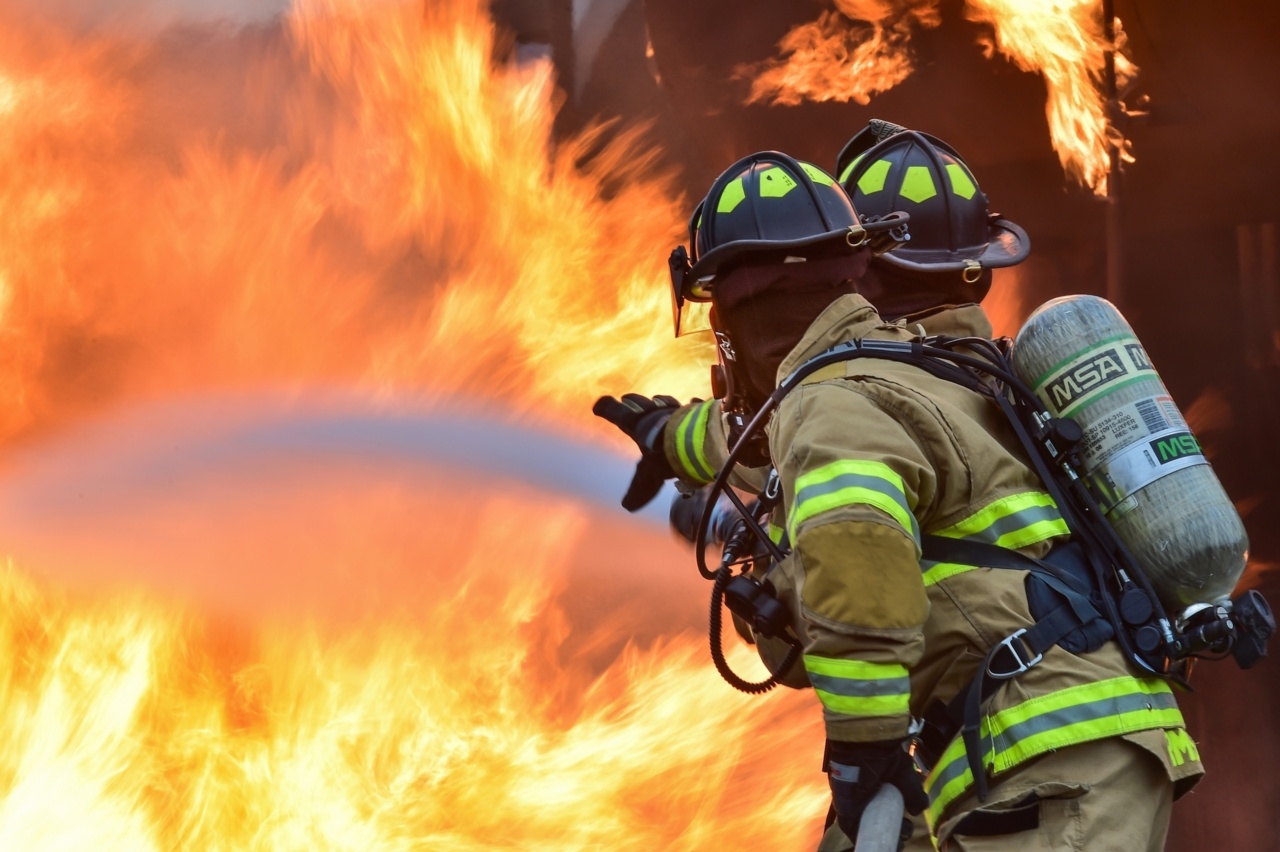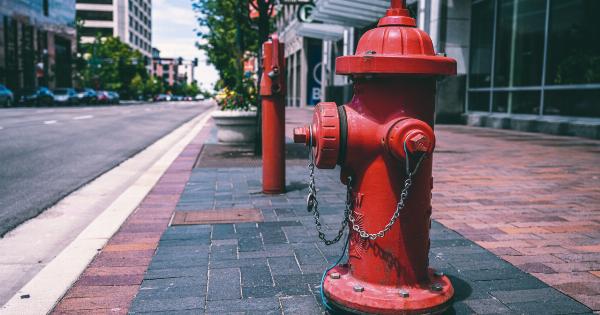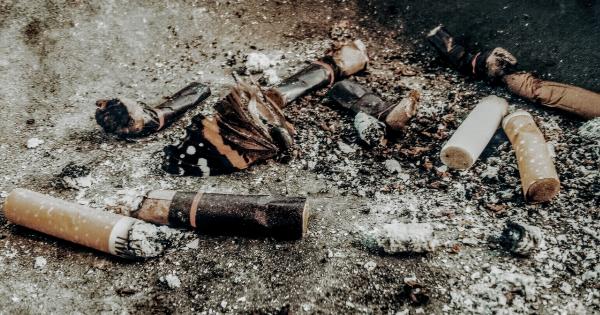Fire can cause significant damage to properties and harm to people. It is essential to take preventive measures to avoid fire and follow specific guidelines to ensure safety in case of a fire.
Here are some dos and don’ts that everyone should know to keep themselves and their loved ones safe.
Do: Install Smoke Alarms
Installing smoke alarms is one of the most crucial steps towards fire safety. Smoke alarms warn you immediately when there’s smoke in the air, giving you ample time to evacuate the premises.
Be sure to install smoke alarms in every room and test them regularly to make sure they’re in working condition.
Don’t: Leave Cooking Unattended
Many fire incidents are a result of unattended cooking. While cooking, never leave the stove or oven unattended. If you must leave the kitchen for any reason, switch off the stove or oven.
Keep anything that can easily catch fire, such as curtains or towels, away from the cooking area.
Do: Have a Fire Extinguisher
A fire extinguisher is a crucial tool in case of a fire. Make sure you have a fire extinguisher on every level of your home or workplace. You should learn how to use a fire extinguisher and know which type of extinguisher is appropriate for various fires.
It is essential to keep the extinguishers in easily accessible locations and check them regularly to ensure they’re in working condition.
Don’t: Overload Electrical Outlets
Overloading electrical outlets can result in short circuits and start a fire. Ensure that you do not overload your electrical outlets and extension cords with too many devices.
Avoid using damaged cords or frayed wires and never run wires under carpets, as this can also be a fire hazard.
Do: Have a Plan for Escape
It’s vital to have a fire escape plan in place in case of a fire emergency. The plan should include identifying two exits from every room and a designated meeting spot outside the house.
Do regular drills with the family or co-workers to ensure that everyone knows what to do in case of a fire.
Don’t: Smoke in Bed
Smoking in bed is a significant cause of fire incidents. It is essential to avoid smoking in bed and smoking in areas with combustible materials, such as curtains or beddings. All smoking materials should be disposed of properly.
Do: Keep Flammable Items Away from Heat Sources
Flammable materials should be kept away from heat sources, such as space heaters, stoves, and open flames. This includes products such as gasoline, propane, and cleaning fluids. Keep flammable items stored in a cool, dry, and ventilated area.
Don’t: Block Fire Exits
Blocked fire exits can result in fatalities in case of a fire. It is essential to keep fire exits clear at all times and avoid placing objects such as furniture or boxes in front of fire exits.
In case of a fire, people should have clear and easy access to the exits.
Do: Check Heating Equipment
Heating equipment such as furnaces, fireplaces, and space heaters should be checked regularly to ensure they’re in proper working condition. Heating equipment should be installed and maintained by a professional.
Ensure that the chimney and fireplace are clean and free from obstructions.
Don’t: Panic
In case of a fire, the most important thing is to stay calm. Panicking can lead to making irrational decisions that may put you and others in danger. Stick to your fire escape plan and call for help immediately.
If there’s a fire in a building, it is essential to evacuate the premises and avoid going back inside, as there may be dangerous smoke or fire.
Conclusion
Fire safety should be a top priority in all households and workplaces. By following these dos and don’ts, you can significantly reduce the risk of fire incidents and ensure your safety and that of your loved ones in case of a fire.































